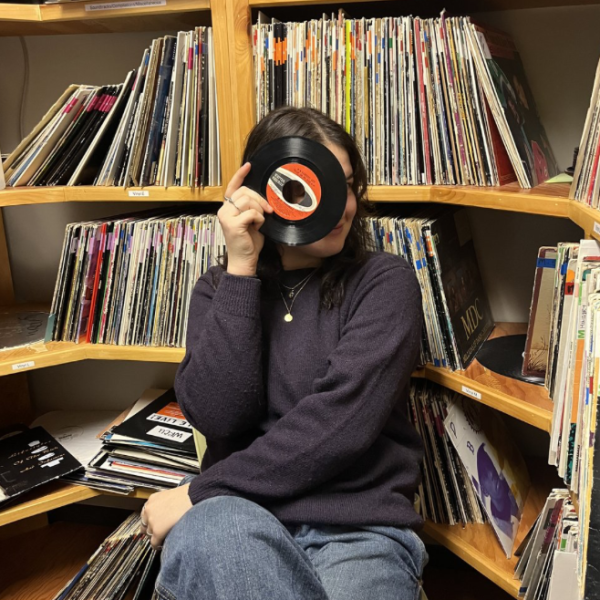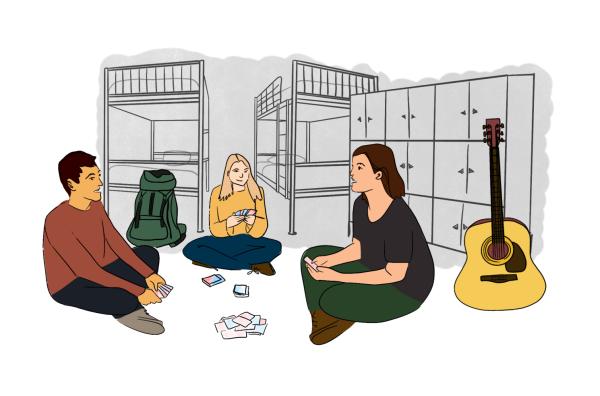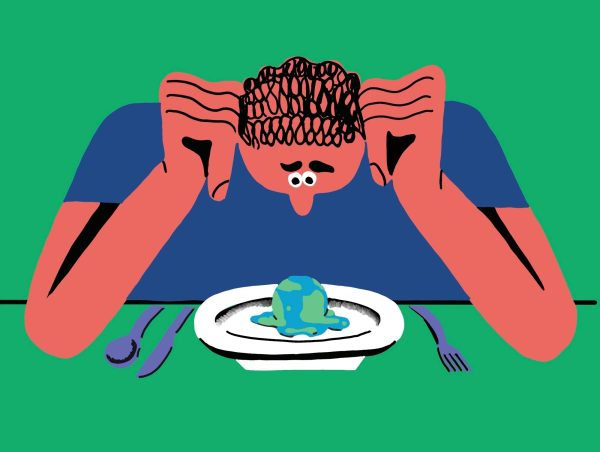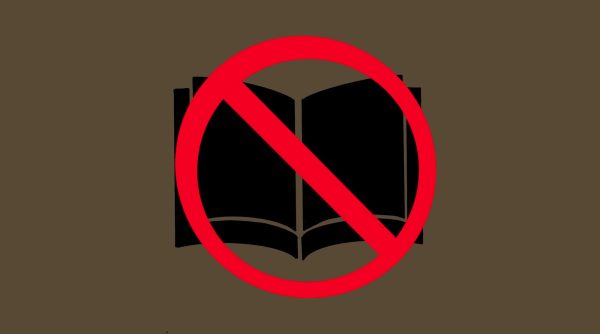Letter to the Editor: Is Colgate Really Changing?
Dear Colgate Students,
Since 2016, three distinct racist incidents have occurred that we know of: the glue gun incident, the defamatory Chinese New Year sign graffiti and the racial slur written on a whiteboard belonging to women of color.
At Syracuse University, the Black student-led movement #NotAgainSU is working towards change. They occupied their campus center for eight days, showing their commitment to addressing 12 recent cases of racist and anti-Semitic graffiti. They sat-in and are continuing to demand that their administration make a change. Before any of us were even on this campus, there was a sit-in in 2014 here, just like what occurred at Syracuse not even a couple of weeks ago. As a result, Colgate instituted the 21 Point Action Plan, created based on the demands of Colgate students. By organizing a sit-in, Colgate students made an important choice to take action and to fight for the POC’s on Colgate campus because of how they were being perceived and treated.
On campus, discussions about repressive power systems are happening all around. They happen in the basement of East Hall: the Center for Women’s Studies and LGBTQ+ Initiatives. They happen in ALANA. They happen in Educational Studies classes. They happen in African American, Latin American and Native American and Asian Studies classes. They happen in sociology classes. However, for students who don’t take these classes, how can we guarantee that they are getting a sufficient education about the crucial issues that impact marginalized groups? Often, the most privileged students aren’t forced to face the structural advantages they possess. As a result, their ignorance and inaction perpetuate the systems of oppression that afflict their classmates and the workers (most often) that keep their campuses running.
Although the university has attempted to integrate conversations about minoritized identities into the Core Curriculum, not all students will engage meaningfully in analyzing theories and structures of social power and privilege that promote cisheteropatriarchial, white supremacist, ableist ideologies that breed systemic forms of oppression that impact our own campus. Even more lacking is the realization that all of these structures are deeply intertwined, further oppressing those with multiple marginalized identities.
The people who are most consistently involved in these discussions are those who are directly affected or are interested in learning about the intersections of race, gender, class, ability, and sexuality. Many of the people actively involved in creating change on campus are people of color, people in the LGBTQ+ community, and people who connect to other ostracized identities. These people show up and discuss these hard topics while others sit in the shadows feeling “unaffected” by these incidents.
With that said, what would happen if every single member of the Colgate community participated in these conversations? We can only imagine how strong we would be if we formed a united front rather than acting as individuals focused on ourselves. Of course, this is an ideal scenario; there is no way to make every single student care, especially those whose privilege is so great that they can not even comprehend that these oppressive systems actually exist. However, it would be a failure of the university to not try.
Another important structure of power is the ableist infrastructures and expectations that exist on Colgate’s campus (such as the Persson Steps). Disability is one of the most hidden identities on Colgate’s campus. Ableism is not given any attention on this campus, unless you are directly affected by it. Yet, expectations of normalcy, a key element of ableism, affect us all. When you have to miss class because you are sick and later have to justify your absences to your professor, you are fighting against high expectations of productivity determined by our capitalist society.
Disability Justice is a framework introduced by queer, disabled femmes and gender non-conforming people of color that examines disability and ableism as it relates to other forms of oppression and identity such as race, class, and gender. There are currently four other classes that highlight disability within their curriculum and only one person who handles learning accommodations for the 3,000 students on campus. We need to change this. How can we, as a community, bring the topic of disability to the forefront of conversations in and out of classrooms in order to promote a Disability Justice framework?
When thinking about the effects of this racist behavior and how it has affected all minority groups on campus (whether that means being a minority in terms of socio-economic status, race and/or ability), we need to recognize that it is our responsibility to commit to dismantling these deeply-rooted structures that promote ableism, classism, white supremacist and capitalist ideologies on our very own campus.
Where is our commitment to discussing the intersection of all identities and how it affects every single one of us on this campus? We say we are in solidarity with all oppressed students on campus, but what are we actually doing to change Colgate? How can we work towards a solution, one that prevents racist incidents and oppression of minority identities, including disabled students, from happening again?
Hoping for change,
Grace Campbell, Grace Freundlich, Bridgette Yang and EDUC/WMST 339AX














